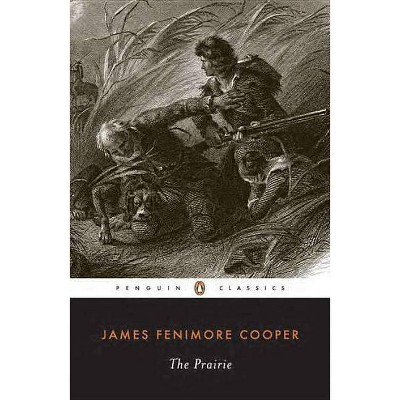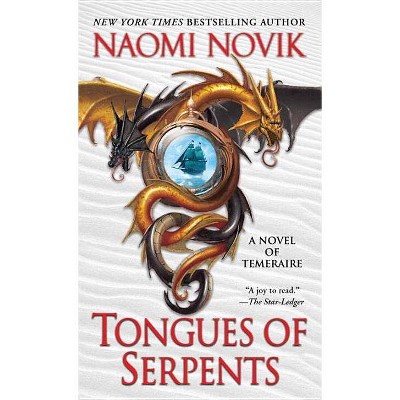The Deerslayer - (Penguin Classics) by James Fenimore Cooper (Paperback)

Similar Products
Products of same category from the store
AllProduct info
<p/><br></br><p><b> Book Synopsis </b></p></br></br>James Fenimore Cooper's spirited romance has been praised for its authenticity as a portrait of life during America's western movement. At Lake Otsego, during the French and Indian Wars, great frontiersman Natty Bumppo forsakes his love to come to the aid of Thomas Hutter, a trapper under the attack of Iroquois Indians. Published in 1841, <i>The Deerslayer</i> is the first of the Leatherstocking Tales, which reveal the courageous and perseverant nature of the pioneer. Recognized for his descriptive power, Cooper created in Natty Bumppo a mythical character - one of the most significant in the history of American literature. The text of this book was approved by the Center for Scholarly Editions of the Modern Language Association and published in hardcover by the State University of New York Press. <p/>For more than seventy years, Penguin has been the leading publisher of classic literature in the English-speaking world. With more than 1,700 titles, Penguin Classics represents a global bookshelf of the best works throughout history and across genres and disciplines. Readers trust the series to provide authoritative texts enhanced by introductions and notes by distinguished scholars and contemporary authors, as well as up-to-date translations by award-winning translators.<p/><br></br><p><b> From the Back Cover </b></p></br></br>The Deerslayer is the last-written of Cooper's Leatherstocking tales, but the first in the development of the hero, Natty Bumppo. Here Cooper returns Leatherstocking to his youth and to a pristine wilderness that D.H. Lawrence said was perhaps 'lovelier than any place created in language'.<p/><br></br><p><b> Review Quotes </b></p></br></br><br>"James Fenimore Cooper was the first great American novelist."--<b>A. B. Guthrie</b><br><p/><br></br><p><b> About the Author </b></p></br></br><b>James Fenimore Cooper</b> (1789-1851) grew up at Otsego Hall, his father's manorial estate near Lake Otsego in upstate New York. Educated at Yale, he spent five years at sea, as a foremast hand and then as a midshipman in the navy. At thirty he was suddenly plunged into a literary career when his wife challenged his claim that he could write a better book that the English novel he was reading to her. The result was <b>Precaution</b> (1820), a novel of manners. His second book, <b>The Spy</b> (1821), was an immediate success, and with <b>The Pioneers</b> (1823) he began his series of Leatherstocking Tales. By 1826 when <b>The Last of the Mohicans</b> appeared, his standing as a major novelist was clearly established. From 1826 to 1833 Cooper and his family lived and traveled in France, Switzerland, Italy, and Germany. Two of his most successful works, <b>The Prairie</b> and <b>The Red Rover</b>, were published in 1827. He returned to Otsego Hall in 1834, and after a series of relatively unsuccessful books of essays, travel sketches, and history, he returned to fiction - and to Leatherstocking - with <b>The Pathfinder</b> (1840) and <b>The Deerslayer</b> (1841). In his last decade he faced declining popularity brought on in part by his waspish attacks on critics and political opponents. Just before his death in 1851 an edition of his works led to a reappraisal of his fiction and somewhat restored his reputation as the first of American writers.
Price History
Price Archive shows prices from various stores, lets you see history and find the cheapest. There is no actual sale on the website. For all support, inquiry and suggestion messagescommunication@pricearchive.us



















